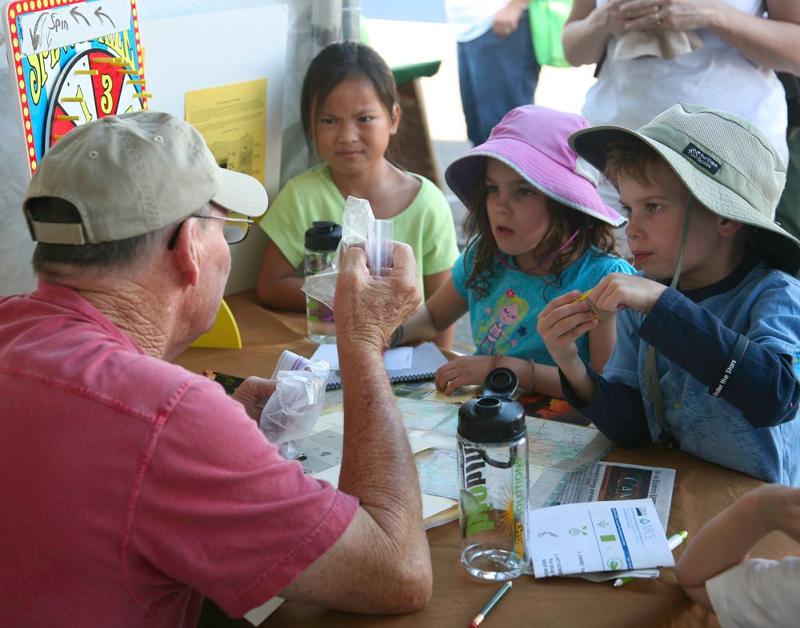Archaeology
Archaeology of the monument
The cultural resources located within Ironwood Forest National Monument represent approximately 8,000 years of human history.
They include campsites used by Archaic hunter-gathers about 6,000 B.C., villages, hamlets, and agricultural fields where Hohokam farmers lived and cultivated corn, beans, and squash between A.D. 300 and A.D. 1450; sites where proto-historic and historic Tohono O’Odham Indians, who are believed to be descendants of the Hohokam, camped, farmed and harvested domesticated and wild plant crops; a small mission/visita constructed in the late 1700s by Tohono O’Odham laborers for Spanish Franciscan friars; and remnants of historic mining camps and cemeteries dating to the 1880s. (Bureau of Land Management, 2001)

Archaeology Activity Handbook for Teachers

Archaeology Activity Handbook for Teachers
Archaeology of the Ironwood Forest National Monument and the surrounding Tucson Basin. An introduction for teachers and parents of young children. Includes games and activities.
How to use this guide
This guide is a very basic introduction to the study of archaeology for young people, ages 6 to 16. It exposes students to several ways to better understand the things people in the past left behind, and thus the people themselves.
Download The Archaeology Activity Handbook for Teachers
Contents:
- Historic Timeline & Study of the Stratigraphic Periods
- Classroom & Home Activities
- Pottery and Shell Designs & Symbols
- References & Recommended Reading
